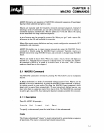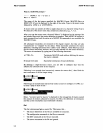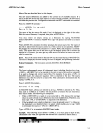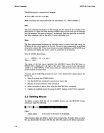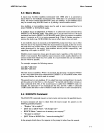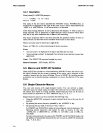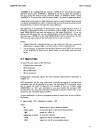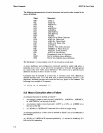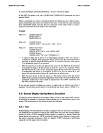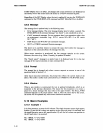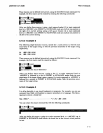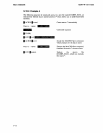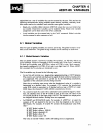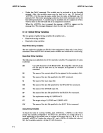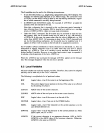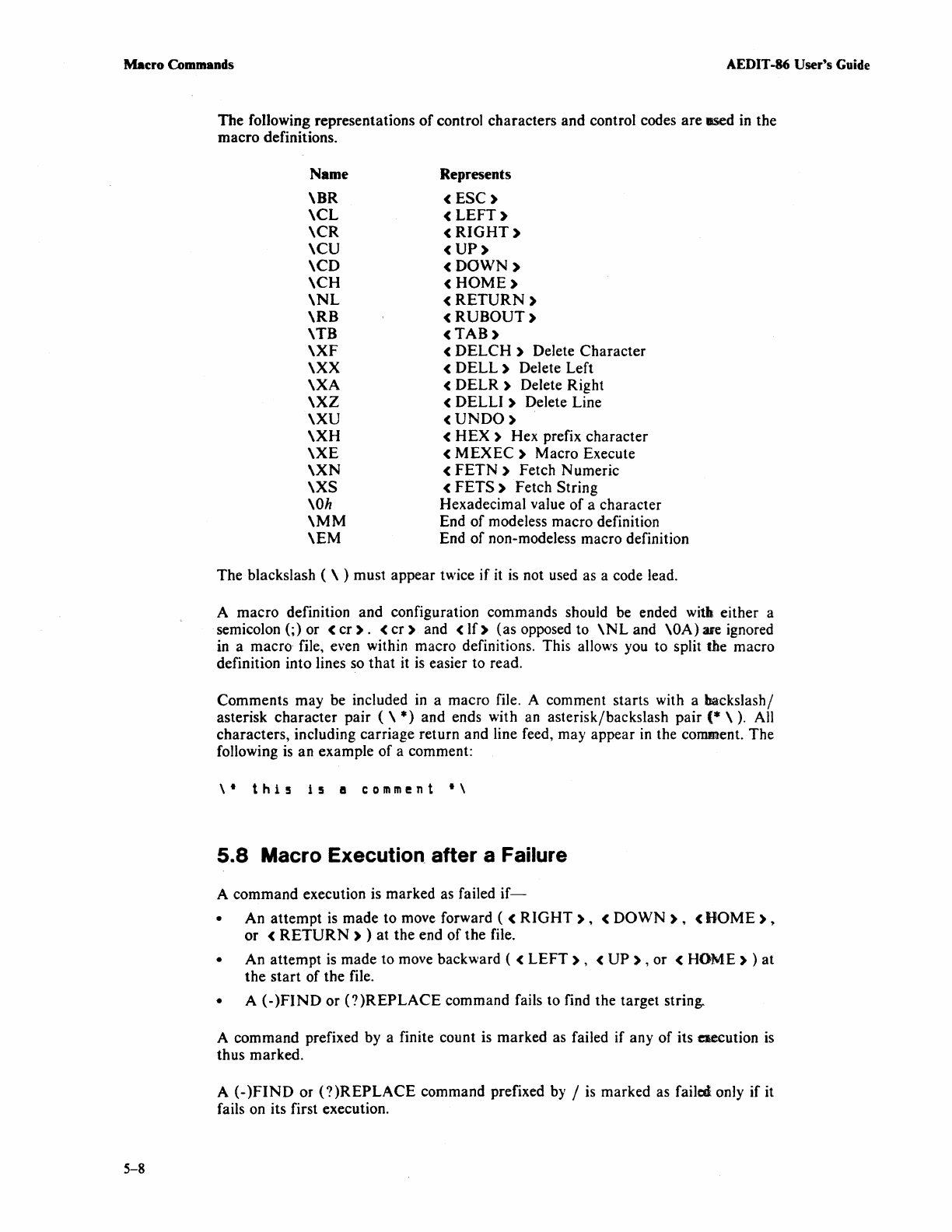
Macro Commands AEDIT -86 User's Guide
5-8
The following representations
of
control characters and control codes
are
ased in the
macro definitions.
Name
\BR
\CL
\CR
\CU
\CD
\CH
\NL
\RB
\TB
\XF
\XX
\XA
\XZ
\XU
\XH
\XE
\XN
\XS
\Oh
\MM
\EM
Represents
<ESC)
<
LEFT)
<
RIGHT)
<UP)
<DOWN)
<HOME)
<RETURN)
<
RUBOUT)
<TAB)
<
DELCH)
Delete Character
<
DELL)
Delete Left
<
DELR)
Delete Right
<
DELLI)
Delete Line
<UNDO)
<
HEX)
Hex prefix character
<
MEXEC)
Macro Execute
<
FETN)
Fetch Numeric
<
FETS)
Fetch String
Hexadecimal value
of
a character
End
of
modeless macro definition
End
of
non-modeless macro definition
The blackslash ( \ ) must appear twice if it is not used as a code lead.
A macro definition and configuration commands should be ended with either a
semicolon (;) or <
cr).
<
cr)
and
(If)
(as opposed to
\NL
and \OA) are ignored
in a macro file, even within macro definitions. This allows you to split
the macro
definition into lines so
that
it
is
easier to read.
Comments may be included in a macro file. A comment starts with a
hackslash/
asterisk character pair ( \
*)
and ends with an asterisk/backslash pair
(*
\).
All
characters, including carriage return and line feed, may appear
in
the comment. The
following
is
an example of a comment:
,-
this
is
B
comment
-,
5.8
Macro Execution after a Failure
A command execution is marked
as
failed
if-
• An attempt is made to move forward ( <
RIGHT),
<
DOWN),
<
HOME
)
~
or
(RETURN»
at
the end of the file.
• An attempt
is
made to move backward ( <
LEFT),
(UP),
or
(HOME)
) at
the
start
of the file.
• A
(-)FIND
or
(?)REPLACE
command fails to find the target string.
A command prefixed by a finite count is marked as failed if any of its
eHCution
is
thus marked.
A
(-)FIND
or
(?)REPLACE
command prefixed by / is marked as failed only if it
fails on its first execution.




